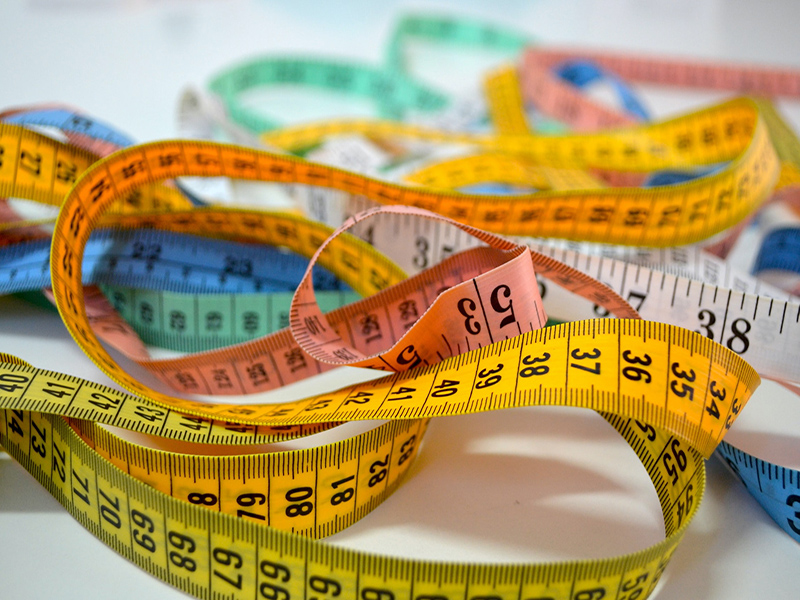Clean Up The Clutter With The Help Of A Tape Measure
As homeowners prepare for the traditional spring cleaning effort, they should add
a tape measure to the list of essential items necessary to do the job right.
tape measure to the list of essential items necessary to do the job right.
Just like clearing away the clutter, measuring the distance around furniture and other household belongings ensures family and friends have plenty of room to move around the house, said Gina Peek, Oklahoma State University Cooperative Extension housing and consumer specialist.
“This is about more than cleanliness. According to the U.S. Centers for Disease Control, falls are one of the leading causes of injury and even death, especially among older adults age 65 and older,” Peek said. “Making sure there’s plenty of space to move around the house cuts down the chances for trips and falls, making your house a safer place to live and visit.”
Eighteen inches is a good distance to place between a coffee table and a couch or other type of seating.
However, for most people, leaving at least 32 inches around furniture and other stationary items allows for comfortable movement in kitchens, bedrooms, living rooms and other living spaces.
This is enough space to allow assistive devices such as walkers and wheelchairs to pass through, and gives people plenty of room to enter, exit and move around in a seating area.
“To test the spacing, use a walker to see how easily you can navigate,” Peek said. “If it’s too hard or you have to make too many turns, think about rearranging or removing pieces to cut down on clutter and overcrowding, which should make it easier to maneuver.”
While checking the spacing around furniture throughout the house, homeowners also should take note of other potential hazards such as poor lighting, loose rugs, less than sturdy furniture, and most commonly, objects on the floor that could easily cause trips and falls.
“Be honest with yourself,” she said. “If you’re not good at identifying your clutter, call a friend or family member to help you.”
When it comes to evaluating the household’s lighting, pay special attention to walkways, stairs, kitchen counters, closets, workshops and sewing areas to make sure there is proper illumination and the lighting is even.
“Shadows can be just as much of a hazard as poor lighting,” Peek said. “Place nightlights in bedrooms, bathrooms and hallways, and put lamps near the beds. Don’t forget to ensure you have a clear path to any light switches, especially ones located away from doorways.”
